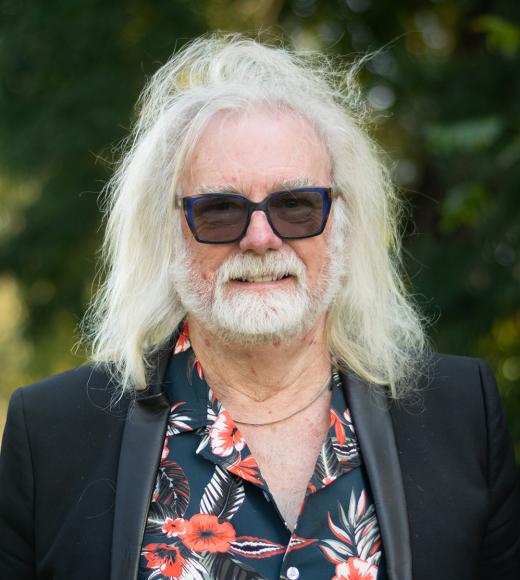
Position Title
Distinguished Professor Emeritus
- Neurobiology, Physiology and Behavior
Research Interests
Our laboratory investigates neural mechanisms of itch, pain, temperature and oral and cutaneous chemical irritation (chemesthesis). We employ a variety of methodological approaches including human psychophysics, animal behavior, neuroanatomy, and electrophysiology including in vivo and in vitro neuronal recording and cell imaging, and optogenetics. Our laboratory has collaborations with other researchers throughout the world.
Until recently, the sensation of itch has received little attention. We use behavioral and neurophysiological approaches to address the question of whether or not itch and pain sensations are conveyed by separate neural pathways and how these sensory qualities interact. Of particular interest is the ability of several itch mediators (proteases, serotonin, histamine) to elicit prolonged scratching behavior in rodents and excitation of peripheral sensory neurons (investigated using calcium imaging) and superficial spinal dorsal horn neurons (investigated using neurophysiological recordings) over comparable time courses. We have recently begun investigating descending modulation of itch transmission from the brain using optogenetic and electrophysiological approaches.
Our lab also has a longstanding interest in central nervous mechanisms underlying oral irritation. We employ a multidisciplinary approach to investigate the sensory effects of irritant chemicals, such as capsaicin (from red chili peppers), menthol (from mint), cinnamic aldehyde (from cinnamon), mustard oil, and carbonation and other agents causing tingle, with a focus on transduction mechanisms involving thermosensitive TRP (transient receptor potential) ion channels.
CBS Graduate Group Affiliations
- 1972 B.S. in Biology, Cornell University
- 1977 Ph.D. in Neurobiology, University of North Carolina
- Carstens E, Schmelz M, Hunter HJA, Lerner EA, Misery L, Steinhoff M, Yosipovitch G, Ständer S. FRT - FONDATION RENE TOURAINE: An International Foundation For Dermatology. Exp Dermatol. 26:972-985, 2017.
- Horiuchi M, Suzuki-Horiuchi Y, Akiyama T, Itoh A, Pleasure D, , Itoh T.Differing intrinsic biological properties between forebrain and spinal oligodendroglial lineage cells.. 142(3):378-391, 2017
- Carstens E, Akiyama T. Central Mechanisms of Itch. Curr Probl Dermatol. 50:11-7, 2016.
- Akiyama T, Nagamine M, Davoodi A, M. Ivanov, Iodi Carstens M, Carstens E. Innocuous warming enhances peripheral serotonergic itch signaling and evokes enhanced responses in serotonin-responsive dorsal horn neurons in the mouse. J Neurophysiol 117:251-259, 2017.
- Akiyama T, Tominaga M, Takamori K, , Iodi Carstens M, Carstens E. Roles of glutamate, substance P and gastrin releasing peptide as spinal neurotransmitters of histaminergic and non-histaminergic itch. Pain 155(1):80-92, 2014.
